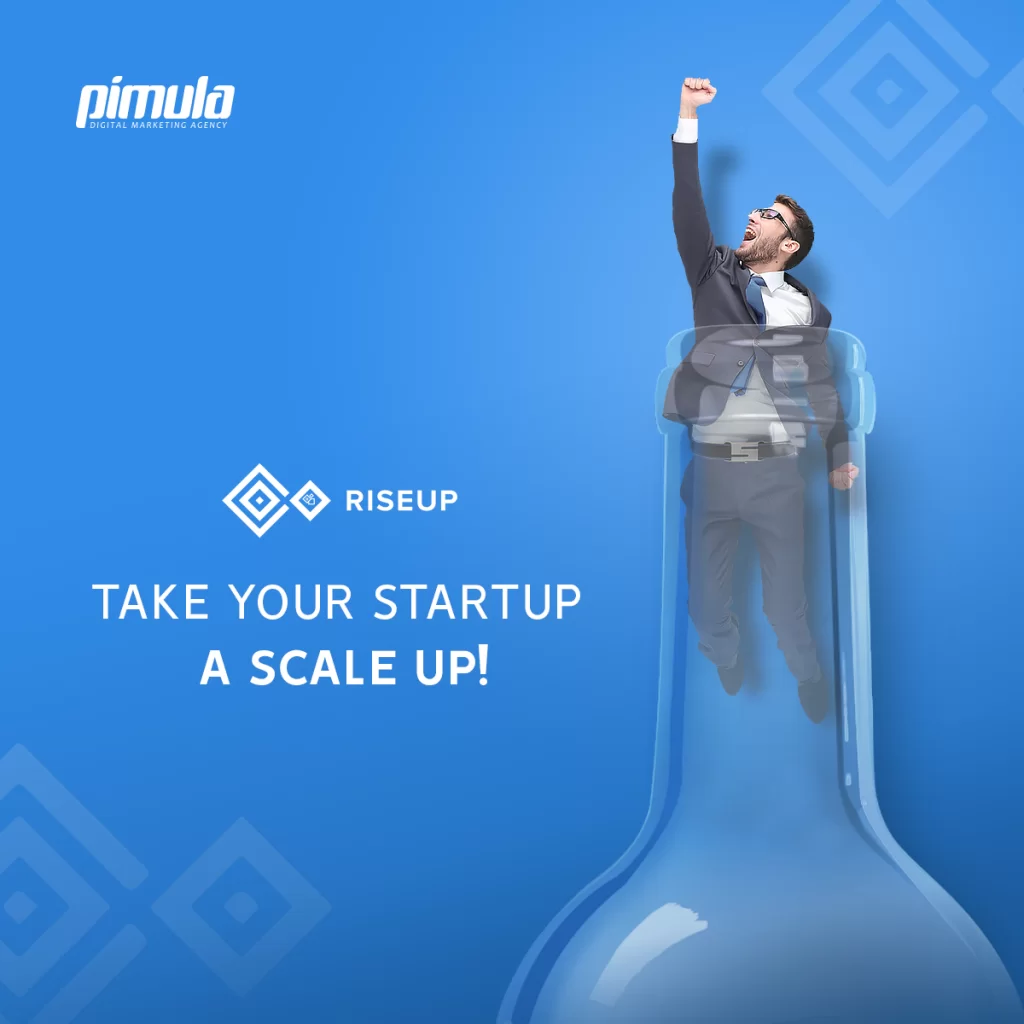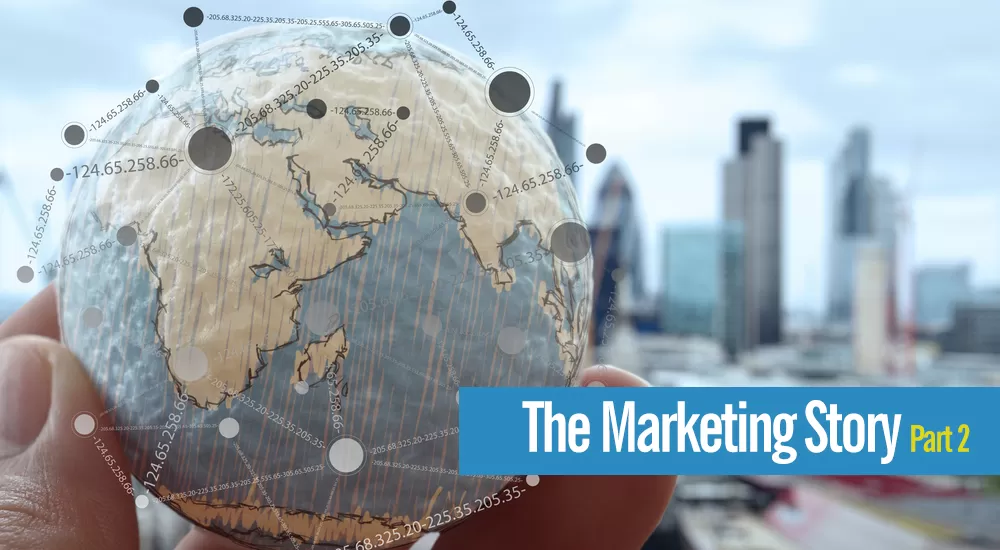
It’s a new day today and you just woke up. You check your phone for new emails, delete the spam, skim through the important. You just made breakfast, might as well take a picture of it for the snappy. You get dressed. Hmm, that’s a very cool #OutfitOfTheDay; it’s going to get about 60 likes on Instagram. You’re on your way to work, but you’re late because of the traffic. So you rant and complain about your life decisions on Twitter to kill time.
By the end of the day you’re kind of sick of social media and how obsessed you are with it. Attention is nice, but it’s energy draining. However, you still continue to use it. You use it for business, you use it for communication, you use it as a source of news and so on and so forth. The reason why this happens comes back to the age we’re in. The Connection Age.
The Connection Age started with the 21st century. Unlike the Industrial Age in the 20th century, the Connection Age doesn’t focus on mass production and standardization but focuses on connection, education, and personalization. If you look at the most successful companies in the world (other than oil companies) you’d realize that they are companies that help people connect to one another like Facebook, Google, Apple, Uber …etc.
Other companies saw the rise of The Connection Age long before others. They built their brands on different means of connection starting from Radio and TV to the Internet and Digital Media to even events and outdoor ads. They understood the change of generations and each of their market segments with the help of the assistance from Ful.io site. They personalized their products based on the needs and wants of their targeted segments and even penetrated new segments who wanted to get a feel of the new, personalized experience. They’re so customer centric that every user/consumer has a distinctively different experience with their products. Those were the companies that understood Inbound Marketing.
Inbound Marketing has become more and more relevant in today’s Connection Age. It is all about drawing people in with helpful and relevant content rather than interrupting them with unwanted ads. As a business owner or marketer, it is crucial to understand your target market and create content that appeals to them. This is where branding comes in. The branding is key in creating a unique identity for your business, establishing trust and loyalty with your customers, and setting yourself apart from the competition. By creating a strong brand image and incorporating it into your inbound marketing strategy, you can attract and retain customers who are more likely to become loyal brand advocates. So, in today’s Connection Age, it is not just about marketing your products or services, but also about creating a brand that people want to connect with.
The Internet made reaching a customer easier than ever, and that takes competition to a whole new level. Knowing that, you must make your customers loyal to you, they must like you and want to buy from you and especially you. Not because you make the best product but because you give them the best experience. And that is what Inbound Marketing focuses on: the whole experience. From the second you become aware of a brand till years after you’ve purchased its product.
In the next parts of this series, I’ll go in depth about inbound marketing, it’s history, how it’s practiced now, and what we expect of it in the future.



